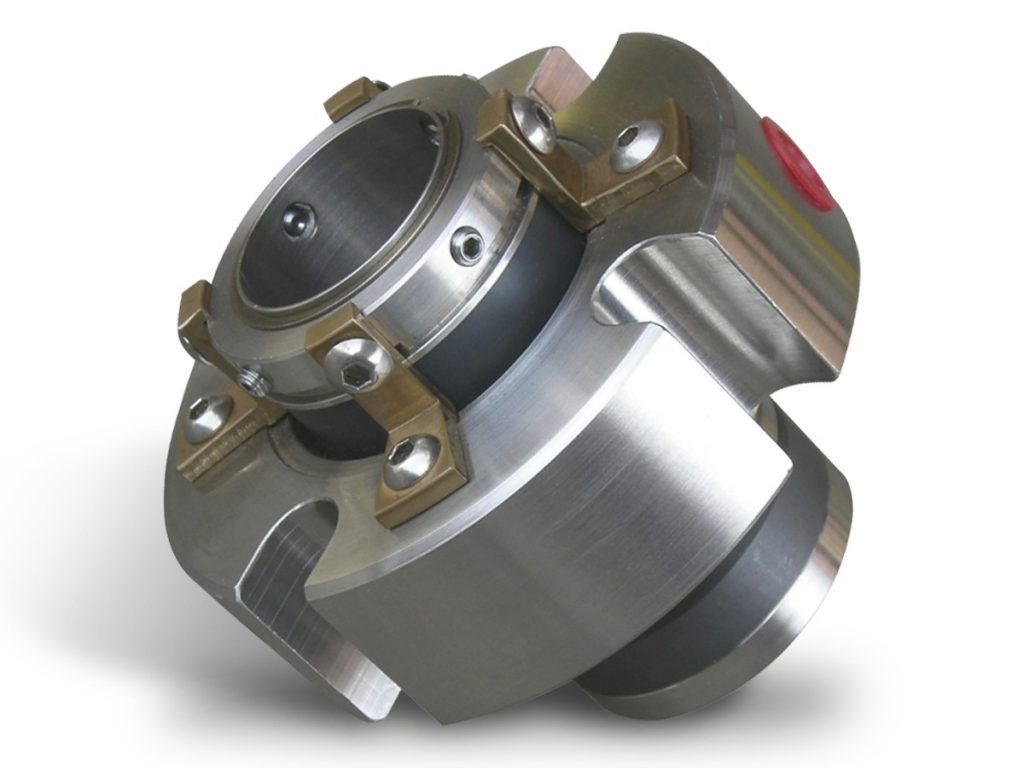Oil Seal vs Mechanical Seal: Understanding the Differences
3 min read
Seals are essential components in many industrial applications, including pumps, compressors, and engines. They prevent the leakage of fluids and gases and ensure the efficient operation of machinery. Two common types of seals are oil seals and mechanical seals. While both serve the same purpose, they differ in their design, function, and applications. In this article, we will explore the differences between oil seals and mechanical seals and their respective advantages and disadvantages.
Body:
- Definition and Function
Oil seals, also known as shaft seals, are used to prevent the leakage of lubricants, such as oil and grease, from the rotating shafts of machinery. They consist of a metal casing, a rubber or plastic lip, and a spring that applies pressure to the lip against the shaft. Oil seals are commonly used in automotive engines, gearboxes, and pumps.
Mechanical seals, on the other hand, are used to prevent the leakage of fluids, such as water, chemicals, and gases, from the rotating shafts of machinery. They consist of two flat surfaces, one stationary and one rotating, that are pressed together by a spring or other mechanism. Mechanical seals are commonly used in centrifugal pumps, mixers, and compressors.
- Design and Construction
Oil seals are typically made of rubber or plastic materials, such as nitrile, silicone, or Viton. The lip of the seal is designed to fit tightly against the shaft, creating a barrier that prevents the lubricant from leaking out. The metal casing of the seal is usually made of steel or aluminum and is designed to fit snugly into the housing of the machinery.
Mechanical seals are more complex in design and construction. They consist of two flat surfaces, one stationary and one rotating, that are held together by a spring or other mechanism. The stationary surface is usually made of ceramic or carbon, while the rotating surface is made of metal. The two surfaces are held together by a spring or other mechanism, which applies pressure to create a tight seal.
- Advantages and Disadvantages
Oil seals are simple in design and construction, making them easy to install and replace. They are also relatively inexpensive and can withstand high temperatures and pressures. However, they are not suitable for applications that involve the leakage of fluids other than lubricants.
Mechanical seals offer better sealing performance than oil seals and can handle a wider range of fluids and pressures. They are also more durable and require less maintenance than oil seals. However, they are more complex in design and construction, making them more expensive and difficult to install and replace.
Conclusion:
In summary, oil seals and mechanical seals are two common types of seals used in industrial applications. While both serve the same purpose of preventing fluid leakage, they differ in their design, function, and applications. Oil seals are simple and inexpensive but are limited to lubricant applications, while mechanical seals offer better sealing performance but are more complex and expensive. Understanding the differences between these two types of seals can help you choose the right one for your specific application.
